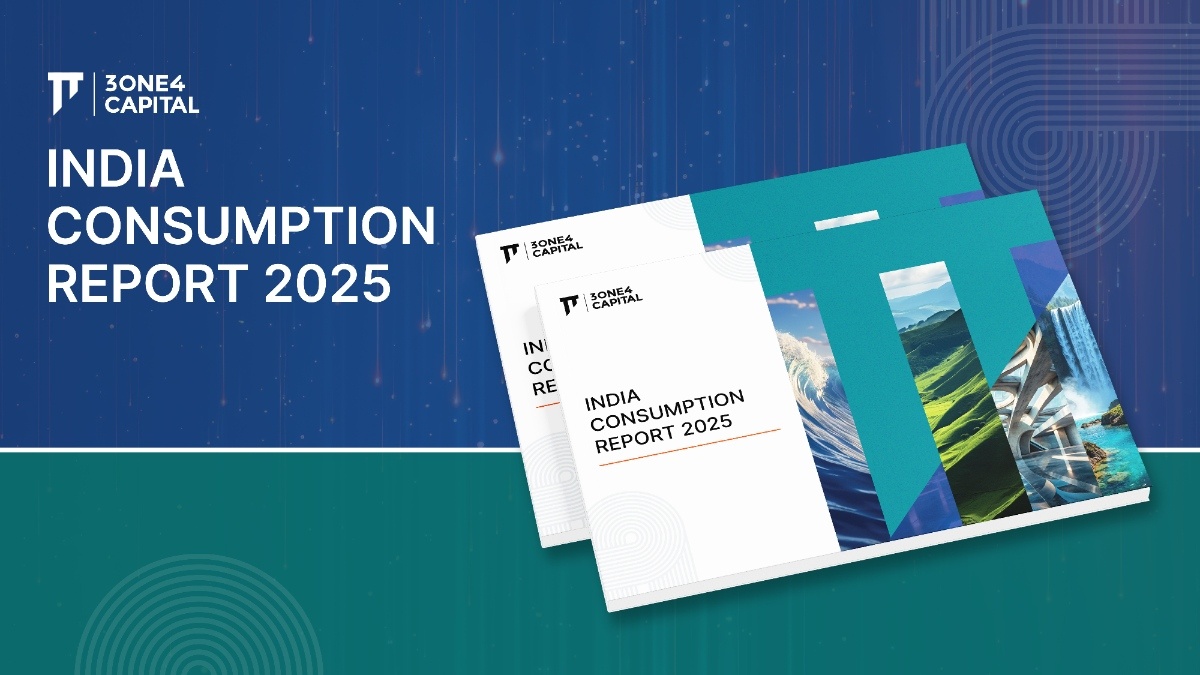.gif)
Aatmanirbharta on funding
Unlocking domestic institutional funding into the Indian startup ecosystem
India hosts the third largest startup ecosystem in the world, after the US and China. While the nation's innovation economy is making giant strides, local capital availability is a systemic handicap. Inc42's analysis shows that while $136Bn entered the Indian startup ecosystem between 2014 and 2022, this number pales compared to the $837Bn and $2.7Tn that entered the Chinese and US ecosystems, respectively, during the same period.
Moreover, 80%+ of the inbound $136Bn comes from foreign investors – global venture capital (VC) funds, sovereign funds, crossovers, and institutional investors like insurance companies and pension funds of other countries. The explosive Indian growth story is central to every foreign investor's Asia allocation, and they are reaping robust returns while the average domestic investor is watching from the sidelines. Apart from losing out on the returns, not owning a significant portion of India's new growth engine brings multiple sovereignty risks into play – we risk becoming a digital colony whose value creation on top of its data, platforms and technology is not domestically owned.
The total value created by the Indian startup ecosystem has crossed $500Bn, and estimates suggest it may reach $1Tn by 2025. Internet penetration in India has crossed 60%, and opportunities abound to provide higher value-add to these digital citizens and to capture the super majority with the advent of 5G. Indian institutional capital, by and large, missed the first startup innovation wave in India, and absolutely cannot afford to miss this next growth surge.
The total assets under management (AUM) wielded by Indian insurance is roughly INR 60 lakh crore, with another INR 20 lakh crore with the pension funds. Of this considerable AUM of INR 80 lakh crore, hardly anything has made its way into the innovation ecosystem. This is despite the nation hosting more than 1,000 Alternate Investment Funds (AIFs), which include VCs, managing more than INR 6 lakh crore of capital.
Over 30 years, tech VCs in the US have shown consistent returns of 15%+ in the innovation ecosystem. The top 25% of Indian funds are showing superior returns, demonstrating that the Indian innovation ecosystem is growing similarly. Further proof of strong growth potential comes from the growing trend of multiple pension and sovereign funds from Canada, the UK, Singapore, the MEA, and the US investing heavily in the Indian ecosystem. The conclusion is clear – Indian AIFs have the institutional capacity to invest in and manage the inbound capital into the startup ecosystem. They have developed a robust, country-specific understanding of the risks involved with deploying this capital from the early stage across various exits like IPO and M&A. They have the human capital to make these decisions and manage the deployment, and the absorption capacity of the ecosystem is massive and growing.
Every year, Indian insurance companies and pension funds have an investable quantum of INR 10 lakh crore. Even if 2% – INR 20,000 crore – is committed towards the startup ecosystem with a deployment horizon of 4 years, it will make a monumental impact on the Indian growth story. Domestic ownership of India’s tech ecosystem will rise sharply and allow Indians to exert more control over its destiny. It will cement the nation's global trajectory as a Top 3 digital superpower.
The government and regulators of each sector must analyze the impediments to more domestic institutional capital entering the ecosystem, specifically institutional investors like insurance companies and pension funds. A notable example is the inability of institutional investors to invest in Fund-of-Funds (FoF). The INR 10,000 crore FoF model deployed by the government through SIDBI has been a game-changer in aggregating capital and deploying the same into AIFs, which then direct the capital appropriately into startups. India's innovators urgently need more Indian capital to dominate this sector globally. If the FoF is expanded to unlock the flow of capital from insurance companies and pension funds, it will lend a significant fillip to the ecosystem.
To ensure that the innovation ecosystem's tremendous absorption capacity is not dominated only by foreign capital, India also needs more FoFs. An INR 50,000 crore FoF for specialized deep-tech industries like clean energy, climate tech, cybersecurity, semiconductors, digital health, etc., will be very useful. India is already mobilizing resources towards achieving technological superiority in these industries; the FoF will help aggregate domestic capital towards innovative early-stage companies developing promising technology. Unlike digitally-enabled startups, deep-tech ventures require more gestational capital for upfront R&D and CapEx costs; hence, an INR 50,000 crore FoF can help seed these ventures.
India is today the fifth largest economy, and well on its way to becoming only the third economy to transcend the $10Tn GDP ceiling, after the US and China. Tech-enabled startups and indigenous technologies are two pillars of India’s 21st century growth engine, and it is imperative that the nation owns a significant portion of the value-add of the engine. Increasing domestic ownership via expansion of FoFs, incentivising institutional investment, and unlocking higher capital flow into startups and tech ventures via AIFs will allow for asymmetric returns for the nation, create many specialized jobs, and enable India to maintain technological leadership.


.webp)












